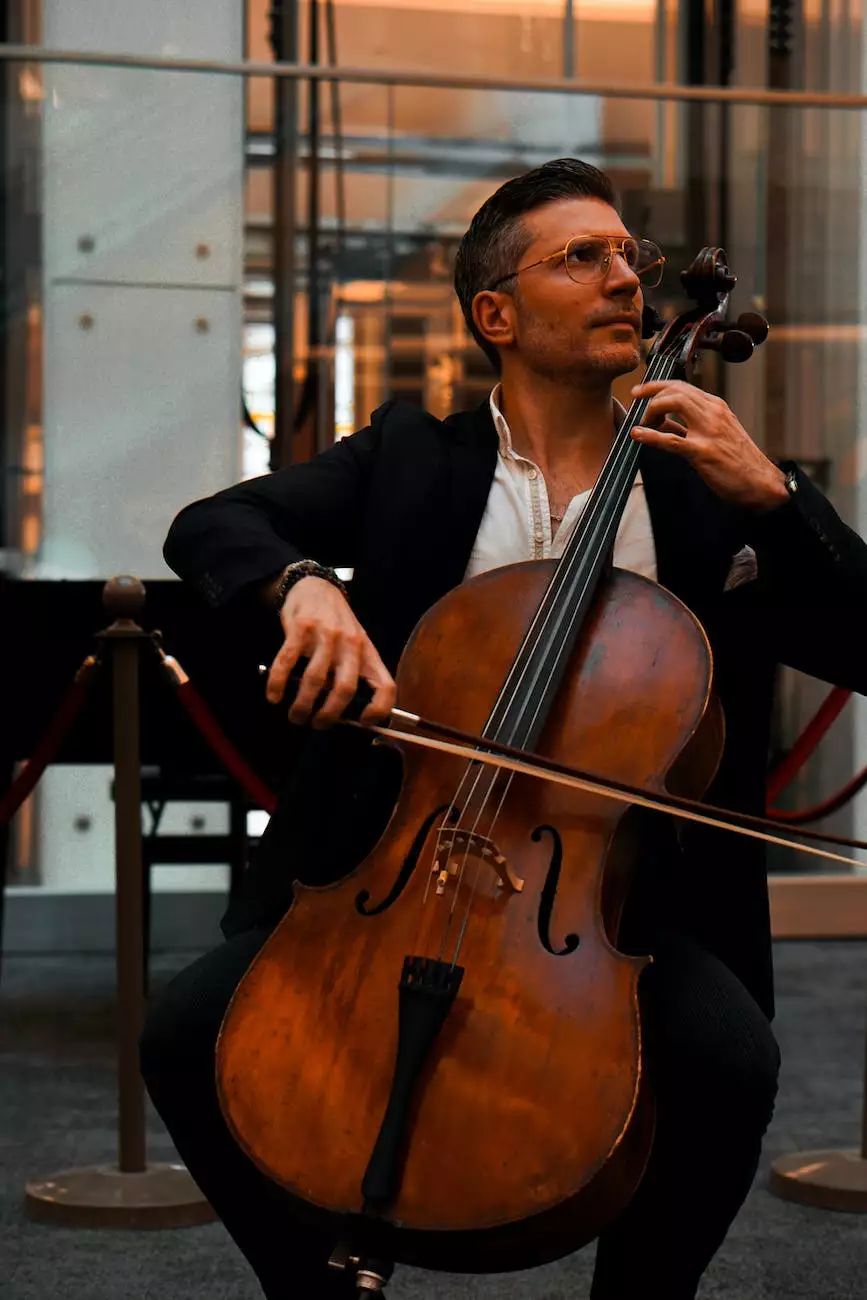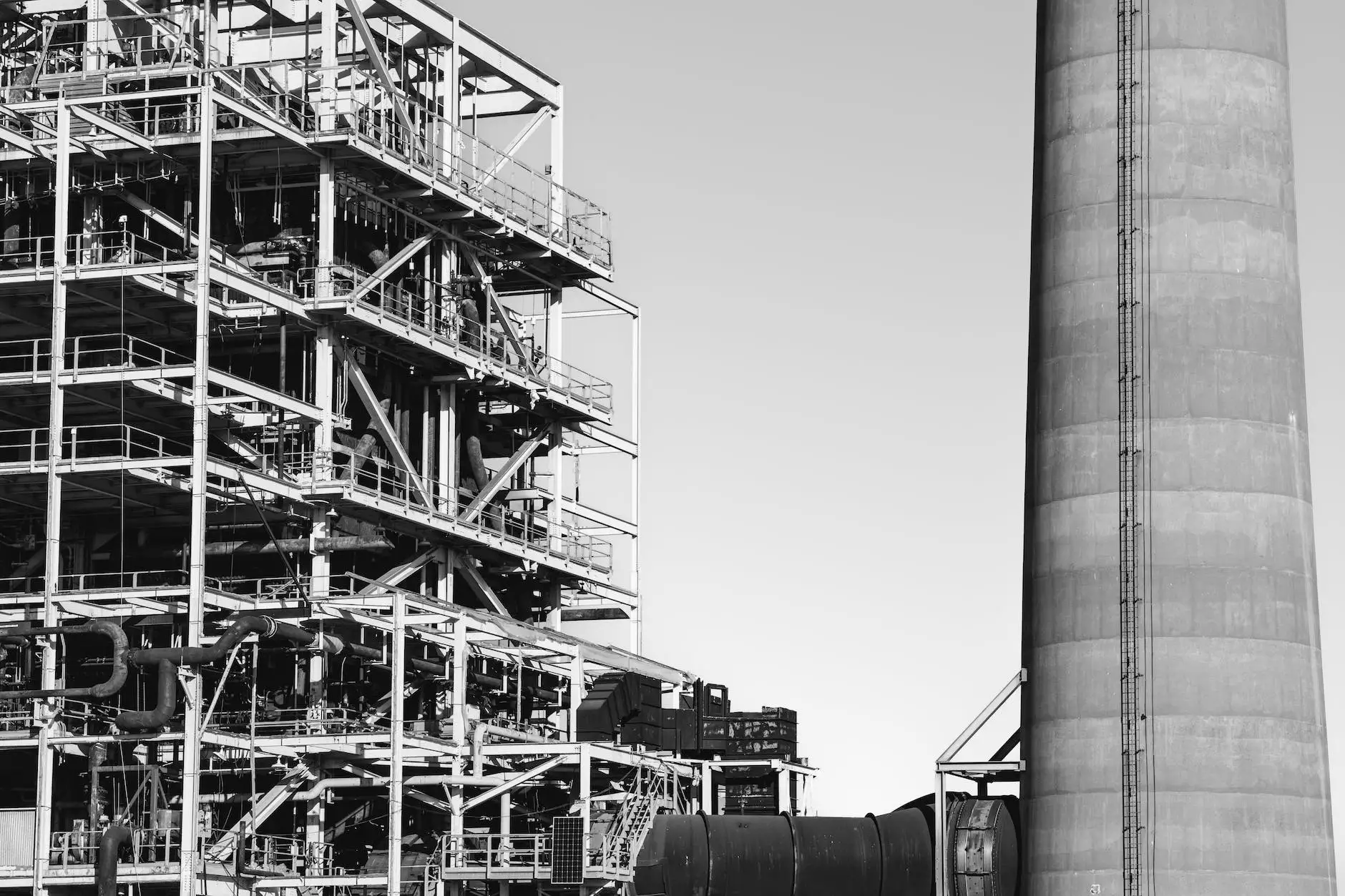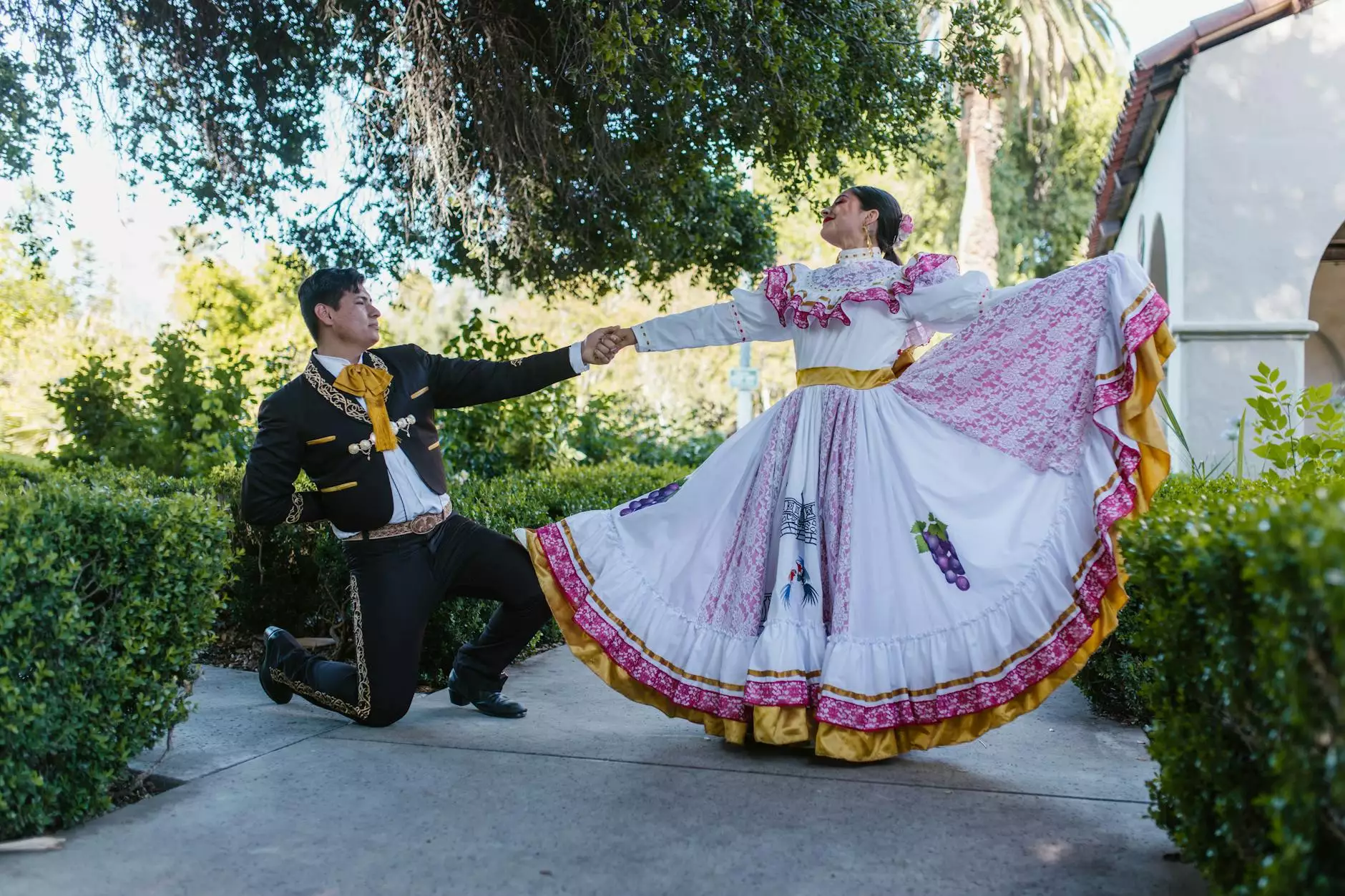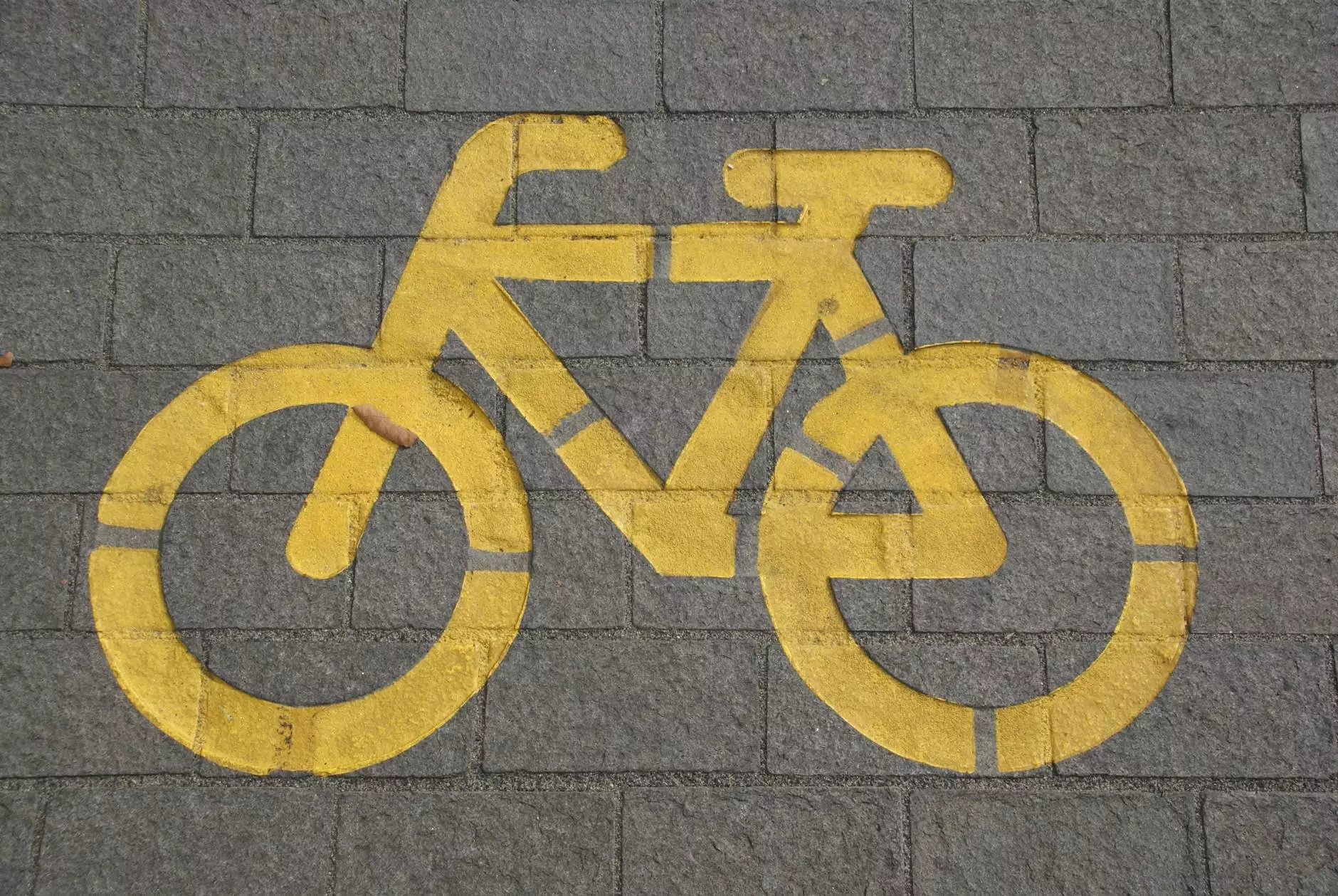What is a Baroque Orchestra, anyway?
History
Welcome to Dance Factory's informative guide on Baroque orchestras! In this article, we'll delve into the intricacies of Baroque music, exploring the unique characteristics of orchestras during this period. Whether you are an aspiring musician, a history enthusiast, or simply curious about the arts, our comprehensive overview will provide you with valuable insights.
Understanding the Baroque Era
The Baroque era spanned from the early 1600s to the mid-1700s, heralding a period of immense artistic and cultural development across Europe. This era witnessed a distinct shift in music, characterized by ornate compositions, intricate melodies, and a heightened sense of drama.
The Role of Baroque Orchestras
Baroque orchestras played a pivotal role in the performance and dissemination of this captivating musical style. Composed of various instruments, including strings, woodwinds, brass, and percussion, these ensembles brought the complexities of Baroque music to life.
Instrumentation and Composition Style
Key instruments in a Baroque orchestra included the violin, viola, cello, flute, oboe, bassoon, trumpet, and timpani, among others. These instruments were expertly combined to create a unique and balanced sound that resonated with audiences.
The composition style of the Baroque era was marked by intricate counterpoint, rich harmonies, and intricate ornamentation. Baroque composers often emphasized contrasting sections, alternating between vigorous and lyrical passages to evoke various emotions in their listeners.
Diving Deeper into Baroque Orchestras
The Birth of the Orchestra
The concept of the orchestra as we know it today began taking shape during the Baroque era. Large ensembles, consisting of both professional musicians and talented amateurs, gathered to perform lavish compositions for the entertainment of aristocratic patrons. These concerts took place in palaces, churches, and public venues, providing a platform for musical innovation.
Baroque Music and Dance
Baroque music was closely intertwined with dance, serving as the foundation for various dance forms such as the minuet, gavotte, and sarabande. Orchestras played an integral role in accompanying dancers, enhancing their movements and accentuating the rhythm and mood of the music.
The Genius of Baroque Composers
The Baroque era introduced the world to remarkable composers who left an indelible mark on the music industry. Johann Sebastian Bach, George Frideric Handel, Antonio Vivaldi, and Henry Purcell are just a few of the prolific musicians whose compositions continue to captivate audiences to this day.
The Legacy of Baroque Orchestras
Baroque orchestras paved the way for future musical developments, setting the stage for the classical and romantic periods that followed. The innovations in composition, instrumentation, and performance techniques during this era shaped the trajectory of Western music.
At Dance Factory, we appreciate and celebrate the historical significance of Baroque orchestras. Through our performances, workshops, and educational initiatives, we strive to keep the spirit of this extraordinary musical era alive.
Experience the Beauty of Baroque Music
Immerse yourself in the enchanting world of Baroque music by attending one of Dance Factory's upcoming performances. Our talented musicians, armed with period instruments and a deep understanding of this musical style, transport audiences to a bygone era characterized by elegance, passion, and innovation.
Join us as we pay homage to the legacy of Baroque orchestras and celebrate the profound impact they have had on the performing arts. Discover the magic of this extraordinary musical genre that continues to inspire and enthrall generations of music enthusiasts.




